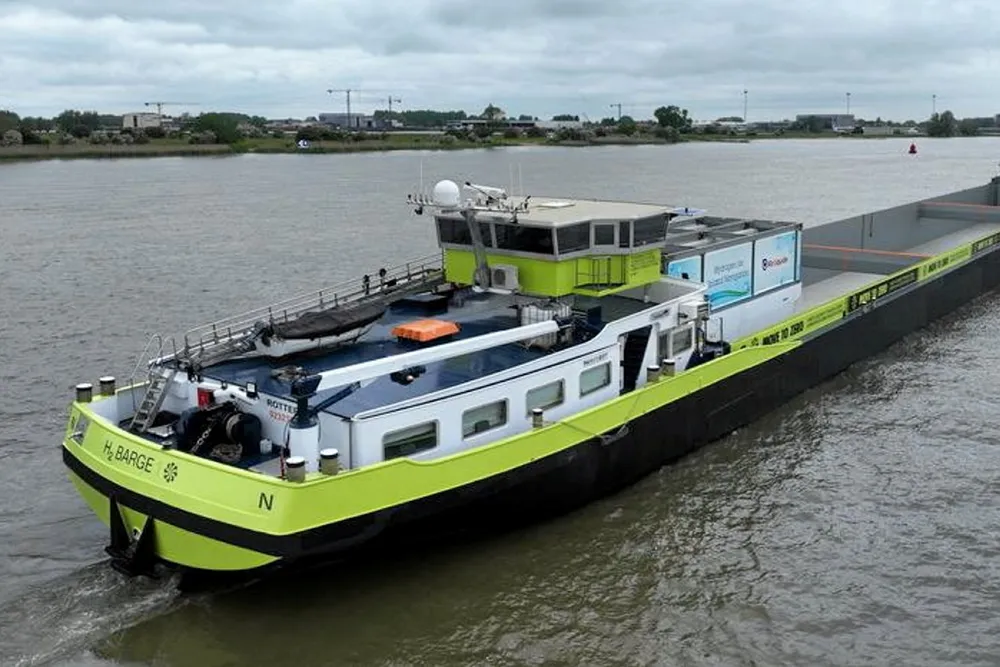Using hydrogen instead of diesel to ship Nike products inland adds just a cent to a pair of sneakers — but a capex subsidy helps
‘World’s first’ H2-powered inland container ship costs only 0.2% more to run than regular fuels, says shipbuilder Future Proof Shipping
